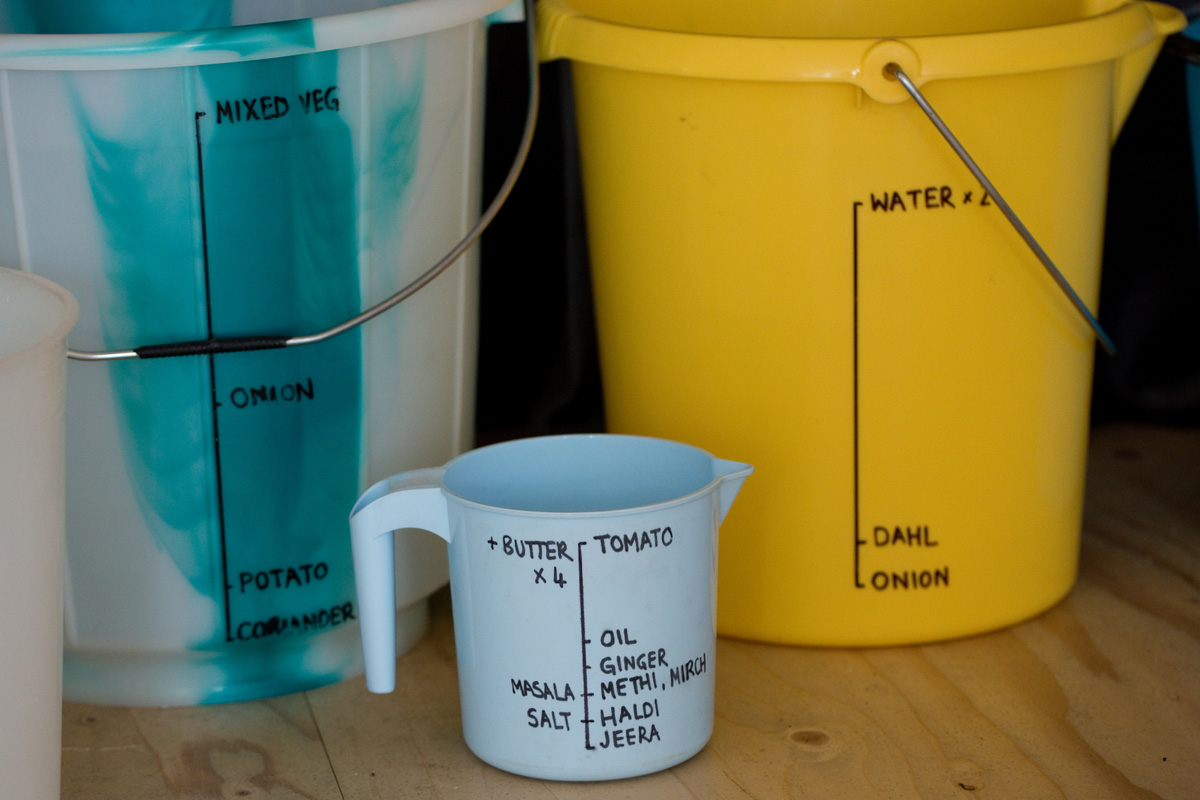
Our relationships with domestic objects are often complex and unassuming. Encountering a battered silver spoon, with a distinct shell ornamentation on the handle, for example, could conjure memories of Sunday dinner at your grandparents’ as a child. We each bring our own baggage. Such banal objects are loaded with meaning and embedded within the encoded terrain of the domestic environment.
Ambiguous Implements at Touchstones Rochdale brings together new and existing works by 18 makers – working across fields including design, ceramics and sculpture – that reconsider the familiar objects that punctuate domestic life, such as tools we use for eating and cleaning. Curated by Laura Mansfield, and developed in collaboration with contemporary jeweller Rachel Colley and artist Nuala Clooney, this exhibition is the fourth manifestation of the eleven-month project.
As its title playfully suggests, Ambiguous Implements is open-ended, deliberately leaving us to consider each work and its multitude of possible meanings. Many pieces, such as David Clarke’s hybrid silver nickel jug ‘Half Pint’ (2014) – which juts out like a Cubist construction – repurpose traditional craft techniques to create new forms. Others reflect increasing societal awareness about consumption, like Aimee Bollu’s ‘Intimate’ (2017); four porcelain vessels combined with re-appropriated goods such as cosmetic pads and sponge lids.
The curation is reminiscent of a stripped-back Kettle’s Yard; a faux domestic environment complete with chairs, shelves and Joe Hartley’s hanging, printed-fabric roll-up. A sizeable number of works are stoically presented on fashionable geometric tables that could be straight out of Habitat. While these displays sit somewhere between a still life configuration and police evidence table, this approach has a surprisingly stultifying effect.
Heidegger wrote that domestic tools are not isolated objects, but are connected to the wider world while revealing much about those who own them. The Ambiguous Implements project works best when the pieces it presents traverse materiality and form to consider wider concepts. However, many struggle to register beyond the merely novel. Rachel Colley’s ‘Cutlery Comb’ (2018), for example, is embedded within her practice-led research, which currently explores whether jewellery can create new bodily experiences when presented alongside food and tools for eating. Yet here, its detached presentation reduces it to a visual one-liner.
Ultimately, visitors will subconsciously draw on their own domestic experiences to inform their responses. One that ignited my imagination, for instance, was Jasleen Kaur’s ‘Balti: Unmeasured Measurements’ (2014). Eight brightly-coloured polyurethane buckets of varying sizes sit in a corner; three mounted on a stool. These inanimate containers have been transformed into de facto measuring jugs, each with a recipe inked on the side in black marker. For me, they succeeded in sparking a vivid picture of the hot, bustling kitchens of Polloksheilds Sikh Temple in Glasgow, where Kaur documented the daily process of cooking fragrant Langar meals for her film ‘Balti’ (2014). Langar meals, such as curry, are mass vegetarian meals which are intuitively prepared, with these recipes passed down by a few members of the community. It is notable that Langar should be served to all, regardless of race, religion, class, or gender. Who would have thought that humble buckets could convey such powerful cultural and social associations?